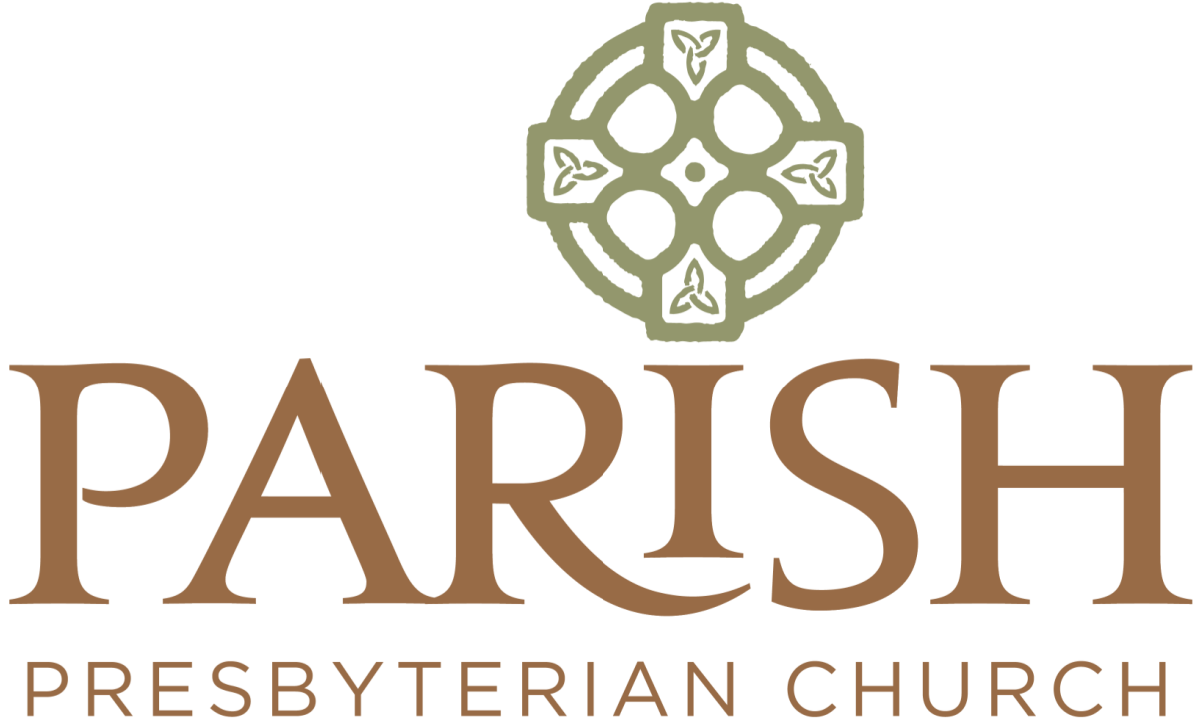Hebrews chapter 5 highlights our own great weakness (even the high priest in ancient Israel was “beset with weakness”
and had to make sacrifices for his sin) and Jesus’ willingness to suffer for our sins. These two themes—our weakness,
and His suffering on our behalf—can be found throughout the service. We open with a declaration that the Lord bears
up the fatherless, the widow, the solitary, and the prisoner (Psalm 68). We respond by crying out for the Lord to
“defend the weak” (O Lord Most High—Psalm 9) and to send help that would sustain us despite our weakness (The
Lord Ever Hear You—Psalm 20). The Scripture reading presents a portrait of Jesus suffering in prayer while His
disciples display their own frailty (Matthew 26), and hymns throughout the service confront us with the reality of Jesus
being “slaughtered for our sin” (Fountain Of Never Ceasing Grace) and ask us to “look on the sufferings our Savior
chose to bear” (There Is No Greater Portrait). In the closing hymn of the morning, Jesus Paid It All, these dual themes
come together. In it, we describe ourselves as “child[ren] of weakness,” covered in “crimson stain[s],” and yet we also
rejoice that Calvary’s Lamb has “washed us white as snow” by shedding His own blood. —Henry C. Haffner

